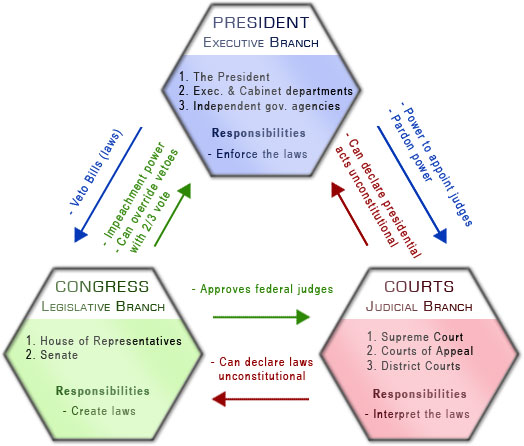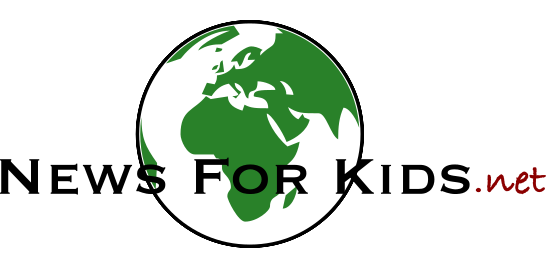Governments are often divided into three separate branches. The main idea behind this is to keep any one branch from getting too powerful and taking over. Sometimes this is called “separation of powers”.
The three branches of government are:
- The part that makes the laws, called the Legislative Branch
- The part that carries out (executes) the laws, called the Executive Branch
- The part that decides if the laws are okay and sets punishments if the laws are broken, called the Judicial Branch
Since each branch can be checked on and controlled by another branch, this can also be called a “system of checks and balances”.
The leader of the Executive Branch is usually a president or a prime minister. The Legislative Branch is commonly a congress or a parliament. Judges and courts normally make up the Judicial Branch.

(Source: By Viva La France! Support Our Revolution!, via Wikimedia Commons.)
